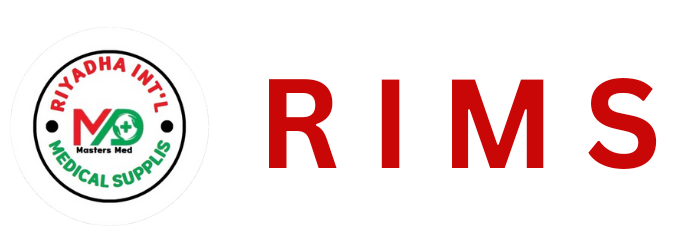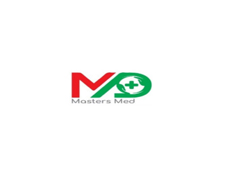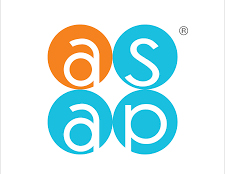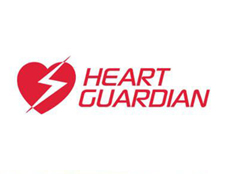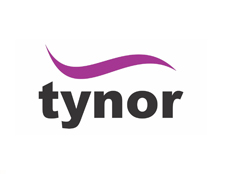Ambulance Equipments & Installation
Ambulances are fully equipped to handle any situation: be it a stroke, a fall from the stairs or gunfire wound. But do you know what kind of ambulance equipment are in these vehicles that bring back people from the brink of death? Apart from heavy-duty batteries that make vehicles working,
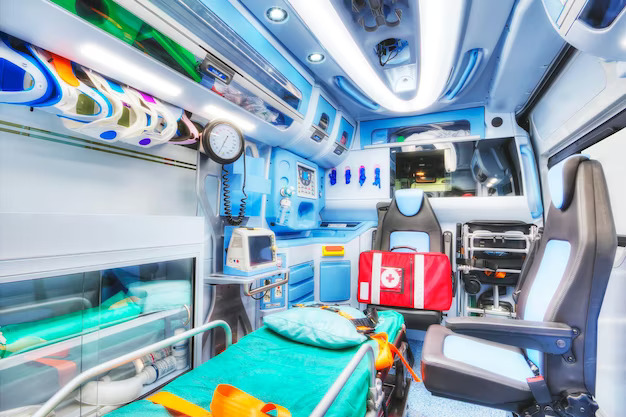
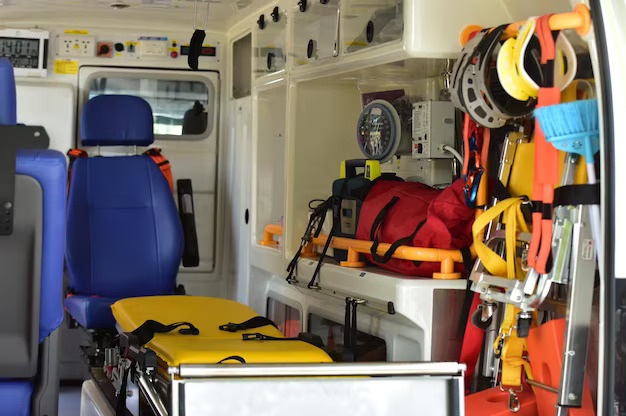

Following are the equipment that one will always find in an ambulance:
- ECG monitor and a Defibrillator: An ECG monitor keeps track of the vital signs of the patient transported. A defibrillator is used to stabilise a heart undergoing cardiac arrest or to revive a crashing patient.
- Spinal board: This ambulance equipment provides a system of immobilisation and transportation of the patient with suspected spine trauma. The spinal board permits the first responders to lift the patient during extrication or transportation in difficult conditions.
- Transport Ventilators: Automatic transport Mechanical ventilator is a piece of equipment meant to take the place of bagging (manual ventilation) when a patient who cannot breathe independently is being moved to a hospital.
- Suction Unit: A suction unit comes in use when the patient is bleeding internally and needs the building pressure on vital organs to be relieved. It is also used to remove fluids that have collected inside the body or the mouth and in situations that need an emergency procedure in the ambulance equipment before reaching the hospital.
- Infusion Syringe Pumps: An infusion (or withdrawal) syringe pump is equipment that can either infuse or withdraw liquid into or from the patient’s body, at a defined flow rate with controlled target volumes.
- Ambulance Equipment: Cot, Patient Shifting Rolls, and Ambulance Chair: Cots are of great use when the patient is located on a higher floor of a building, cannot move or may worsen their condition with movement. Patients with spinal injuries receive special spinal support boards and collars during transportation. Shifting rolls are important if your patient is not a traumatic one, but he’s not able to move with its own legs. However, the most used transport device from the patient home to the back of an ambulance is the ambulance chair.
- A Nebulizer: A nebuliser is meant to vaporise liquid medication into a mist so that the patient can inhale it on the way to the hospital. This is used when medicine has to be administered critically to the patient for immediate relief.
- A Sphygmomanometer The Sphygmo is a typical instrument for measuring blood pressure. It consists in an inflatable rubber cuff which is applied to the arm and connected to a spring in a mechanical manometer, next to a graduated scale, enabling the determination of systolic and diastolic blood pressure by increasing and gradually releasing the pressure in the cuff. This device is used to measure the blood pressure of a patient needing emergency medical attention.
